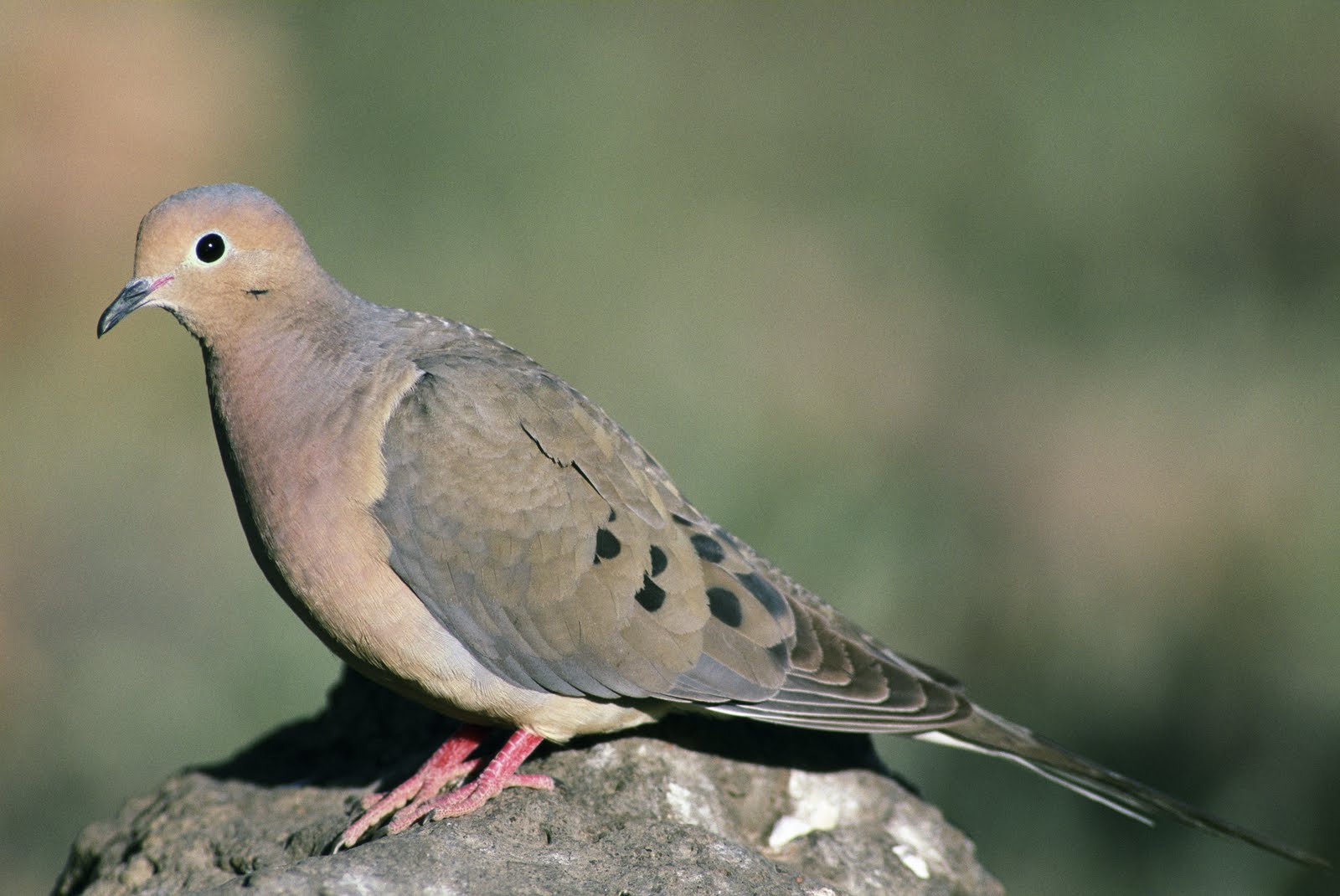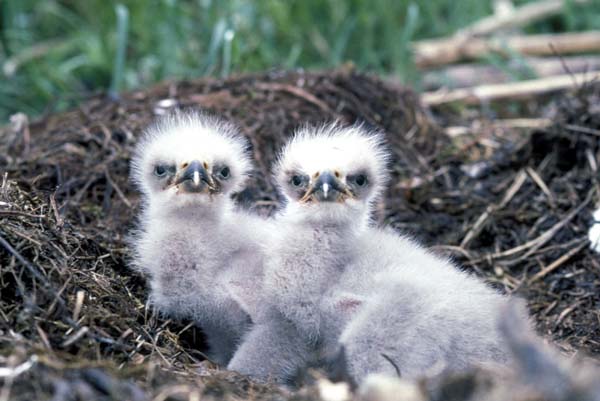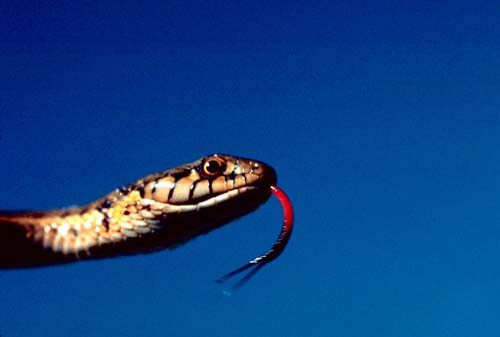Late 2012 saw first case of chronic wasting disease (CWD) in captive deer in Iowa, and there has been chronic wasting disease in wild deer in every state bordering Iowa, but Iowa only recorded its first case of CWD in a wild deer in the state in an announcement on April 9.
According to an Iowa Department of Natural Resources press release, “The deer was reported as harvested in Allamakee County during the first shotgun season in early December.”
The state is formulating a response plan and coordinating efforts with nearby Minnesota and Wisconsin.
A report by KTVO says that the gates of the hunting facility in Davis County where the first case of CWD was found two years ago were chained open when the facility was supposed to be quarantined to protect local deer from the disease.
The Iowa Department of Natural Resources press release is here.
A Minneapolis Star-Tribune article about the finding is here.
A Rochester (MN) Post-Bulletin article is here.
The Des Moines Register article is here.
And the KTVO report is here.

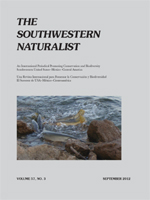
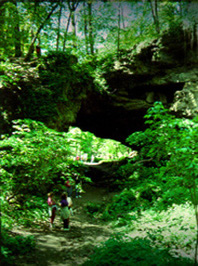 On Wednesday, the Iowa Department of Natural Resources announced that a low level of the fungus that causes white nose syndrome was found on one of the 15 bats swabbed this winter at a tourist cave run by the state. None of the bats seen in the cave appeared to have symptoms of white nose syndrome.
On Wednesday, the Iowa Department of Natural Resources announced that a low level of the fungus that causes white nose syndrome was found on one of the 15 bats swabbed this winter at a tourist cave run by the state. None of the bats seen in the cave appeared to have symptoms of white nose syndrome.